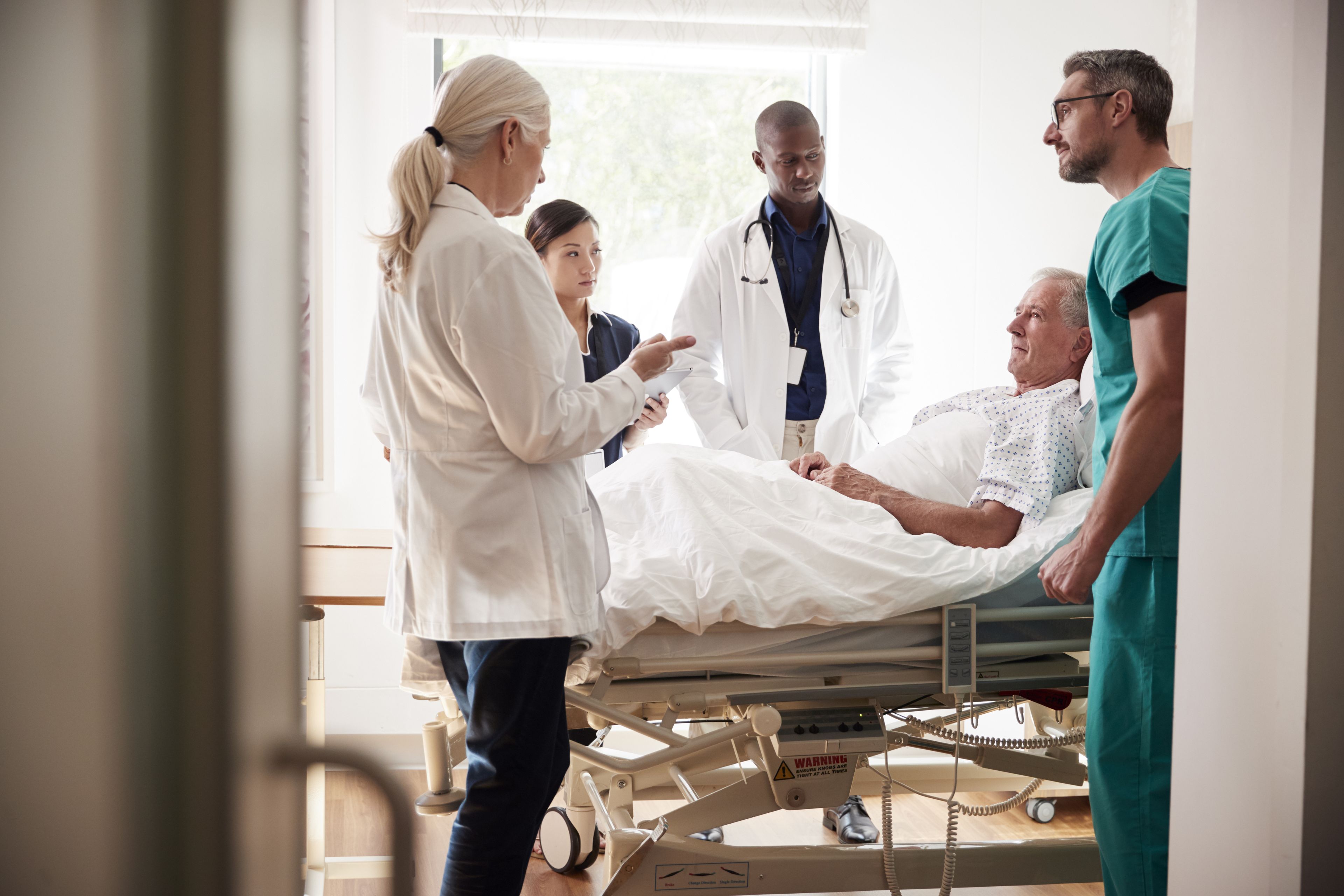
Patients
Burn Care Procedures
Burn care looks different for every person and every type of burn.
This section describes how burns are diagnosed and treated, from first aid to advanced care and long-term recovery. Knowing what to expect helps you make informed choices and get the support you need at every stage. Get the care that can ease pain, speed healing, and support your return to daily life.
Find a Burn Center Near YouBurn First Aid
What It Is
Burn care includes the full range of treatment, from first aid and wound care to specialized therapy and surgery. The goal is to ease pain, prevent infection, promote healing, and support the patient's return to everyday life.
Symptoms That Require Medical Help
Large or deep burns
Burns on the face, hands, feet, groin, or over major joints
Signs of infection: increased pain, redness, swelling, oozing
Trouble breathing or signs of smoke inhalation
Numbness or white/blackened skin
Diagnosis
A healthcare professional will:
Examine your skin to check burn depth and size
Assess whether specialized care is needed
Run tests like lab work, X-rays, or endoscopy if internal damage is suspected
Decide whether transfer to a burn center is necessary
Treatments & Products
Depending on burn severity, treatment may include:
For Minor Burns (at home):
Cool the burn with clean, running water (not ice)
Apply gentle lotion (like aloe vera)
Use over-the-counter pain medicine
Bandage loosely with clean gauze
For Major Burns (burn center or hospital care):
IV fluids to prevent dehydration
Topical antibiotics (burn creams or ointments) to prevent infection
Specialty wound dressings
Pain management and anti-anxiety medications
Antibiotics (intravenous or oral) for infection
Tetanus shots
Recovery
Recovery depends on burn depth, location, and overall health. It may include:
Physical and occupational therapy to maintain movement
Skin graft surgery (using healthy skin to cover damaged areas)
Long-term wound care
Emotional and psychological support
Support
Burn recovery is physical, emotional, and social. Support options include:
Peer groups and survivor networks
Counseling and mental health resources
Resources for caregivers and family
Ongoing rehabilitation for scars, pain, and mobility